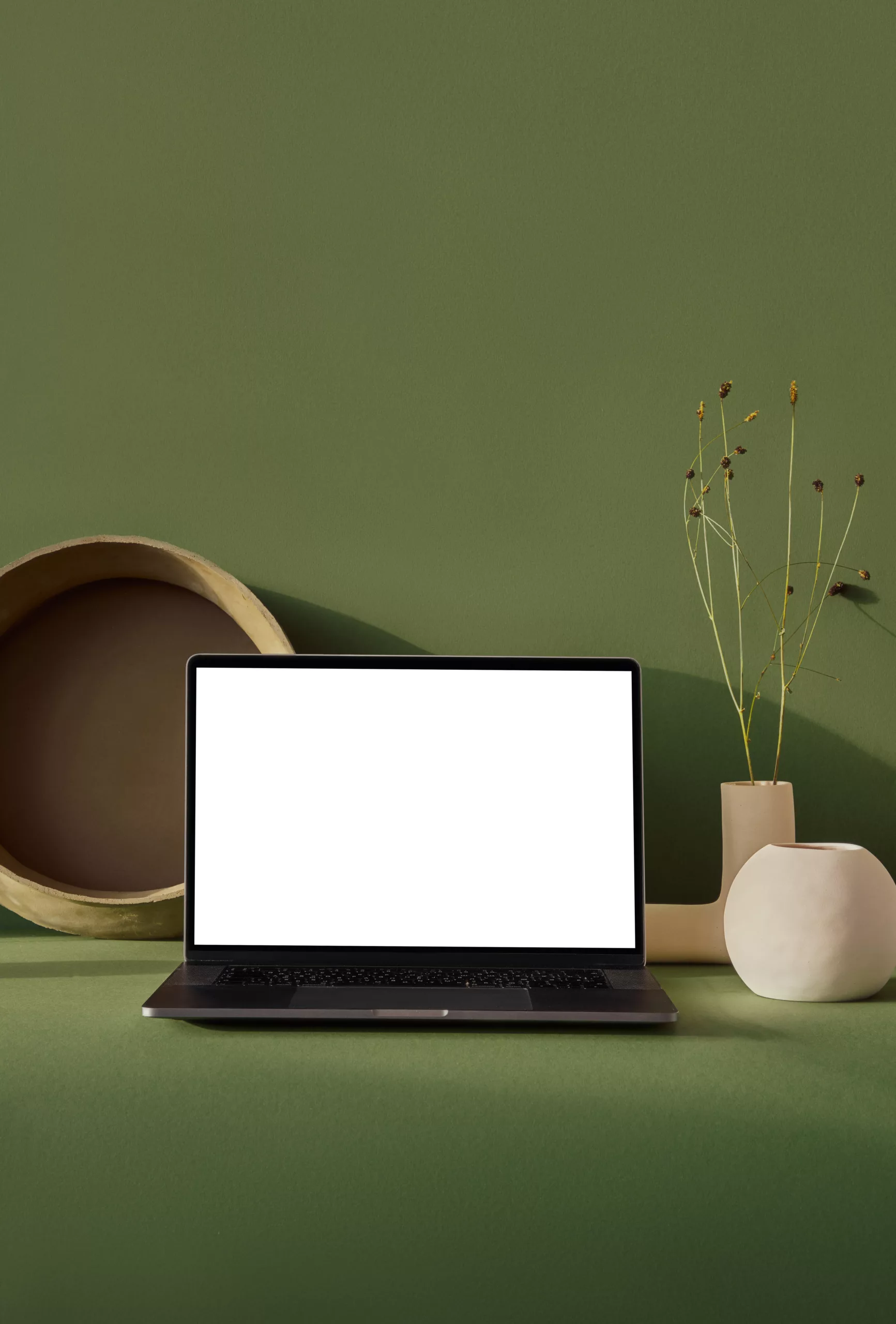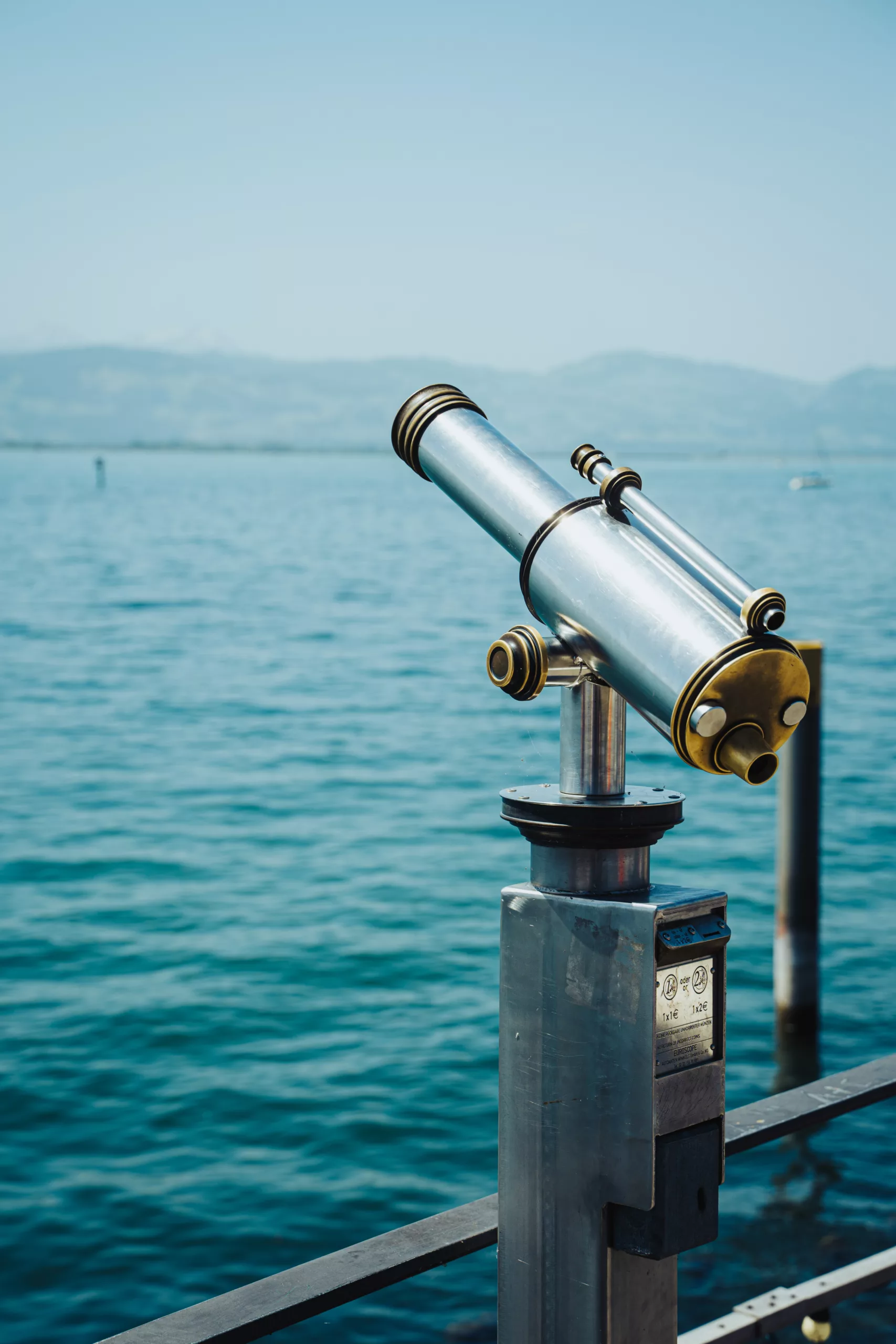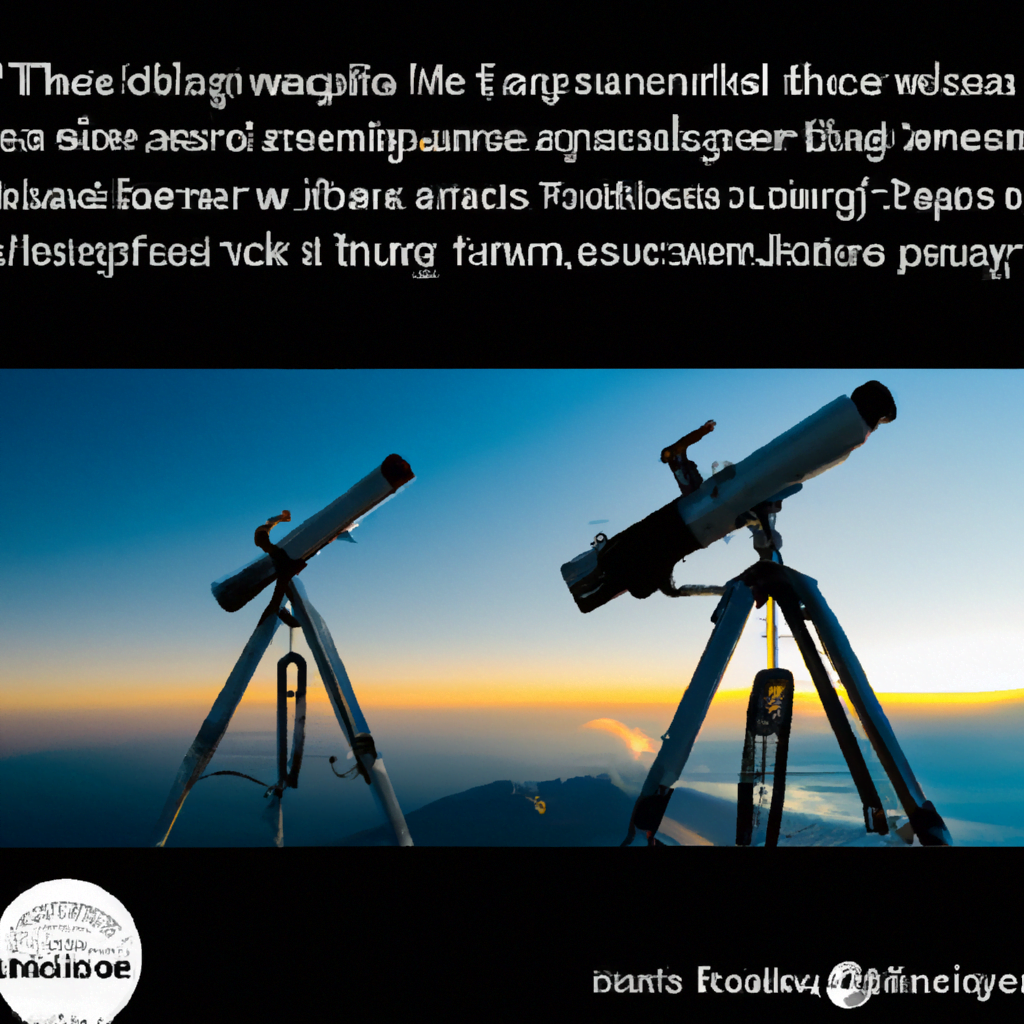If you’ve ever found yourself gazing up at the sky, mesmerized by the vast expanse of stars, then you might have considered getting a telescope. While telescopes offer an incredible opportunity to explore the wonders of the universe, it’s important to remember that proper safety precautions must be taken when using these powerful instruments. In this article, we will explore some essential safety measures to keep in mind to ensure a safe and enjoyable stargazing experience with your telescope.

Table of Contents
Protecting Your Eyes
One of the most important safety precautions when using telescopes is protecting your eyes. Since telescopes allow you to view objects at a long distance and often with high magnification, it’s crucial to take steps to keep your eyes safe.
Use Appropriate Filters
When observing the sun or other bright objects through a telescope, it’s essential to use appropriate filters to protect your eyes from harmful radiation. Solar filters are specially designed to reduce the intensity of sunlight and prevent damage to your eyes.
Avoid Looking Directly at the Sun
Looking directly at the sun through a telescope, even for a short period, can cause serious eye damage and even permanent blindness. Always remember to never look directly at the sun, as it can be extremely hazardous.
Wear Protective Eyewear
In addition to using filters, wearing protective eyewear can provide an extra layer of protection for your eyes when using a telescope. Safety glasses or goggles that offer UV protection can help shield your eyes from harmful radiation and debris.
Setting up the Telescope Safely
Properly setting up your telescope is essential for ensuring a safe and enjoyable observation experience. Here are some safety precautions to follow when setting up your telescope:
Choose a Sturdy and Stable Mounting
Select a sturdy and stable mounting system for your telescope to prevent it from toppling over. Opt for a mount that can securely hold the weight of your telescope and withstand any external factors such as wind or accidental bumps.
Secure the Telescope Properly
Make sure to properly attach your telescope to the mounting system. Check that all connections are secure, and double-check before each observation session to avoid any unexpected mishaps.
Ensure Proper Balance
Ensuring proper balance is key to maintaining stability during telescope usage. Adjust the counterweights or shift the balance of the telescope if needed, to prevent it from tipping over or causing strain on the mounting system.
Avoiding Physical Hazards
When using a telescope, it’s important to consider the physical hazards in your surroundings to ensure a safe observing experience. Here are some precautions to keep in mind:
Clear the Area from Obstacles
Before setting up your telescope, clear the observation area from any obstacles or clutter that may impede your movements. This will help prevent tripping or entanglement hazards that could potentially damage the telescope or cause personal injury.
Use Telescope in Safe Surroundings
Choose a safe location to set up and use your telescope. Avoid using the telescope near busy areas, public spaces with high foot traffic, or places with potential safety hazards.
Watch Out for Trip Hazards
Be mindful of any power cables, cords, or other trip hazards around your observing area. Ensure that cables and cords are safely secured and not left loose or dangling, as they can pose a risk of tripping and causing damage to the telescope or injury to yourself or others.
Protecting the Telescope
Taking care of your telescope is crucial for its longevity and optimal performance. Here are some tips to help protect your telescope:
Use Protective Cases or Covers
When transporting or storing your telescope, make use of protective cases or covers to shield it from dust, moisture, and potential damage. This will also help prevent any accidental bumps or knocks that could affect its functionality.
Keep the Telescope Clean
Regularly clean the lenses, mirrors, and other optical components of your telescope. Use appropriate cleaning materials and techniques to avoid scratching or damaging the surfaces. Keeping your telescope clean not only improves its performance but also extends its lifespan.
Store in Appropriate Conditions
Store your telescope in a secure and suitable environment when not in use. Avoid extreme temperatures, high humidity, and areas prone to excessive dust or moisture. Storing the telescope in a designated space will help protect it from damage and ensure its longevity.

Handling Telescopic Accessories
Telescopes often come with various accessories that enhance the observation experience. Here are some safety precautions to follow when handling these accessories:
Attach Accessories Correctly
When attaching accessories such as eyepieces, filters, or cameras to your telescope, ensure they are securely fastened. Loose attachments can not only affect the image quality but also pose a risk of falling or causing damage to the telescope.
Follow Manufacturer’s Instructions
Always refer to the manufacturer’s instructions when handling and installing accessories for your telescope. Each accessory may have specific guidelines and safety precautions to ensure proper usage and prevent any potential damage.
Avoid Loose or Dangling Cables
When connecting accessories that require power or cables, be mindful of loose or dangling cables. Securely plug in and manage all cables to prevent them from tangling or becoming a tripping hazard.
Managing Power Sources
Telescopes often rely on batteries or power supplies to operate. Here are some safety precautions to keep in mind when dealing with power sources:
Use Safe Batteries or Power Supply
Always use safe and appropriate batteries or power supplies for your telescope. Ensure they are compatible with the equipment and follow the manufacturer’s recommendations. Using inferior or mismatched power sources can result in damage to the telescope or potential safety hazards.
Keep Cables Well-Insulated
Inspect and maintain the cables and connectors used for power supply. Make sure they are in good condition, without any exposed wires or fraying insulation. Keep the cables well-insulated and avoid any signs of wear or damage that could potentially cause electrical hazards.
Avoid Overloading Power Sources
Be cautious not to overload the power supply of your telescope. Excessive power consumption can lead to overheating or damage. Check the recommended power requirements and do not exceed the specified limits.

Operating in Appropriate Weather Conditions
The weather conditions can significantly impact the safety and performance of telescope usage. Take precautions when using your telescope in different weather conditions:
Avoid Using in Severe Weather
Avoid using your telescope during severe weather conditions such as thunderstorms, heavy rain, or strong winds. Exposing the telescope to these conditions can lead to damage and compromise your safety.
Protect from Rain or Moisture
If you plan to use your telescope in damp or rainy conditions, ensure it is protected from rain or moisture. Use appropriate covers or enclosures to shield the telescope and its components, including electronics and optical elements, from water-related damage.
Prevent Excessive Exposure to Heat or Cold
Extreme temperatures can affect the performance and durability of your telescope. Avoid exposing the equipment to prolonged direct sunlight or extreme cold, as it can lead to deformation, thermal stress, or other damage. When not in use, store the telescope in a temperature-controlled environment.
Maintaining Proper Distance from Others
When setting up your telescope in public spaces or near others, it is essential to respect their personal space and maintain a safe distance. Here are some precautions:
Be Mindful of Others Nearby
Ensure that you are not obstructing or interfering with others’ activities while using your telescope. Be attentive to your surroundings and considerate of others’ needs for privacy or personal space.
Avoid Bumping into People
Take caution to avoid accidentally bumping into people or objects when maneuvering the telescope or adjusting its settings. Respect others’ boundaries and be mindful of your movements to prevent any potential collisions or accidents.
Maintain a Safe Observation Distance
Keep a reasonable distance between your telescope and other people. This allows everyone to enjoy the observation experience safely and ensures that the telescope remains secure and undisturbed.

Avoiding Collisions with Objects
While observing with a telescope, it’s essential to be aware of your surroundings to prevent collisions. Follow these precautions:
Be Aware of Surroundings
Before moving or adjusting the telescope, take a moment to scan your immediate surroundings for any obstacles or potential hazards. Maintaining awareness of your environment will help prevent collisions and ensure a safe observing experience.
Prevent Telescope Collisions
Avoid accidentally colliding the telescope with other objects, such as walls, furniture, or equipment. Carefully maneuver and position the telescope to prevent any damage to the equipment or other items nearby.
Take Precautions to Avoid Tripod Collisions
Be mindful of the tripod legs and ensure they are properly positioned and secured. Avoid placing them in areas where they could be a tripping hazard or potentially collide with objects or people when moving the telescope.
Handling Chemical Substances with Care
Certain cleaning solutions or substances might be required to maintain the optical elements of your telescope. Take the following precautions when handling chemical substances:
Use Cleaning Solutions Safely
If using cleaning solutions, follow the manufacturer’s instructions and guidelines for safe usage. Wear gloves, if necessary, to protect your skin from any harmful chemicals. Ensure proper ventilation during the cleaning process.
Protect from Harmful Chemicals
Be cautious to protect the telescope’s optical elements from direct contact with any harmful or corrosive chemicals. Use gentle cleaning techniques and avoid using abrasive materials or substances that may cause damage.
Follow Proper Disposal Procedures
Dispose of any chemical substances used for cleaning following local regulations and guidelines. Ensure proper containment and avoid pouring chemicals down drains or disposing of them in an improper manner. Consider environmentally-friendly alternatives when available.
By following these safety precautions, you can enjoy the wonders of the night sky with your telescope while ensuring your own safety, protecting your eyes, and maintaining the longevity and performance of your equipment. Happy stargazing!

